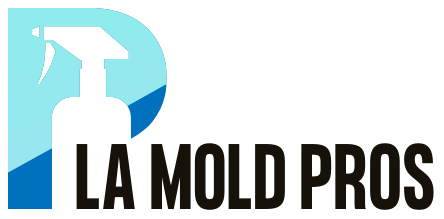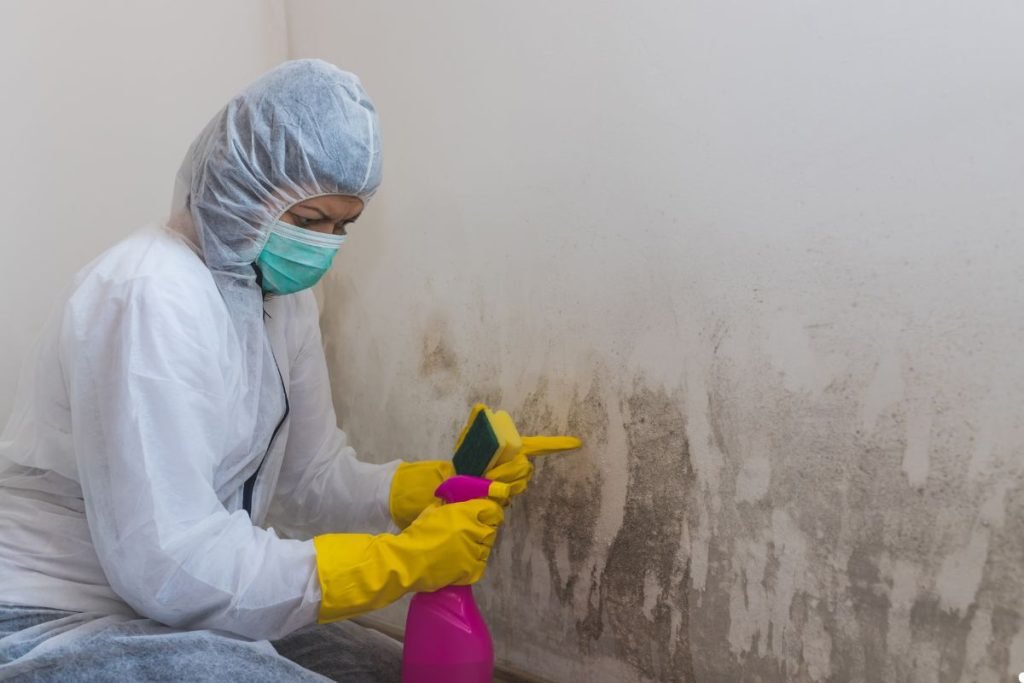
Dealing with mold or mildew in your HVAC ductwork return can seem daunting, but it’s a crucial step for maintaining healthy indoor air quality. The best way to get rid of mold or mildew is to first identify the problem, take proper safety precautions, then either clean the affected area with appropriate solutions (for minor cases) or contact a professional mold remediation service for larger infestations. This article will guide you through the process, helping you determine the best course of action for your situation.
Why Mold in Your HVAC Return Matters
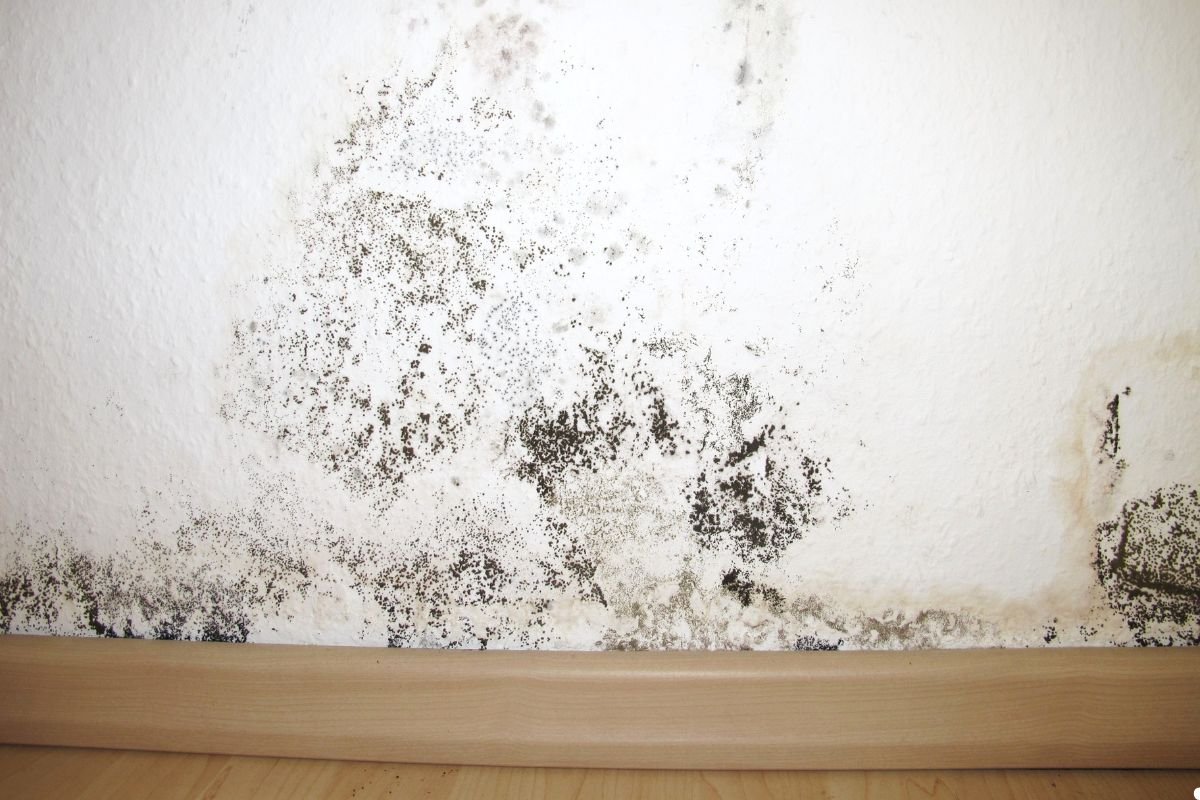
Mold and mildew aren’t just unsightly; they can pose significant health risks and cause damage to your HVAC system. When mold spores circulate through your vents, they can trigger allergies, asthma, and other respiratory problems. Prolonged exposure to mold can even lead to more serious health issues. Furthermore, mold growth can degrade the materials in your ductwork, leading to costly repairs or replacements. Maintaining clean ductwork is essential for optimal indoor air quality and the long-term health of your HVAC system. For more tips, check out our previous Can You Kill Mold Spores? If So, How?.
Identifying Mold and Mildew in Your HVAC Return
Recognizing the signs of mold or mildew early is key to preventing a major problem. Here are some telltale indicators:
- Visual Signs of Mold and Mildew: Look for visible spots or discoloration (often black, green, or white) around your HVAC return vents and inside the ductwork.
- Musty Odors: A persistent, musty smell coming from your vents is a strong indicator of mold or mildew growth.
- Health Symptoms: If you or your family members experience increased allergy symptoms, respiratory issues, or headaches, it could be related to mold exposure.
While the terms “mold” and “mildew” are often used interchangeably, mildew is generally considered a surface fungus that’s easier to remove. However, any visible growth in your HVAC system warrants attention, regardless of whether it’s technically mold or mildew. If you’re noticing these signs, it’s time to take action. For more information, check out our HVAC Mold Removal Services.
Don’t let mold compromise your home’s air quality. If you suspect mold, call us today for a professional inspection!”
Safety Precautions Before You Start
Before you even think about cleaning, safety is paramount. Mold exposure can be harmful, so taking the right precautions is essential.
- Personal Protective Equipment (PPE): Wear a respirator mask (N-95 or higher), gloves, and eye protection to minimize your exposure to mold spores.
- Turning Off the HVAC System: This is crucial to prevent the spores from spreading throughout your home. Turn off your HVAC system completely at the breaker.
- Ventilation: Open windows and doors to provide adequate ventilation during the cleaning process.
Protecting yourself and preventing the spread of mold is the first step in a successful removal process.
DIY Mold and Mildew Removal Methods
If you’ve identified a small amount of mold or mildew, you might be able to tackle it yourself. Here are some effective DIY methods:
- Cleaning Solutions:
-
- Vinegar: A natural disinfectant that’s effective against many types of mold.
- Baking Soda: Absorbs odors and helps to scrub away mold.
- Commercial Mold Cleaners: Use EPA-approved mold cleaners, following the instructions carefully.
- Cleaning Tools and Techniques: Use a brush or cloth to scrub the affected areas with your chosen cleaning solution. Be thorough and ensure you reach all visible mold growth.
- Addressing Minor Mold Growth: If the mold growth is limited to a small area and seems superficial, these methods can be effective.
However, it’s important to recognize the limitations of DIY. If the mold growth is extensive, recurring, or you’re unsure about the type of mold, it’s best to call a professional.
A banner ad with a headline like “Worried About Mold? Get a Professional Opinion!” and a button that says Call us Now
When to Call a Professional Mold Remediation Service
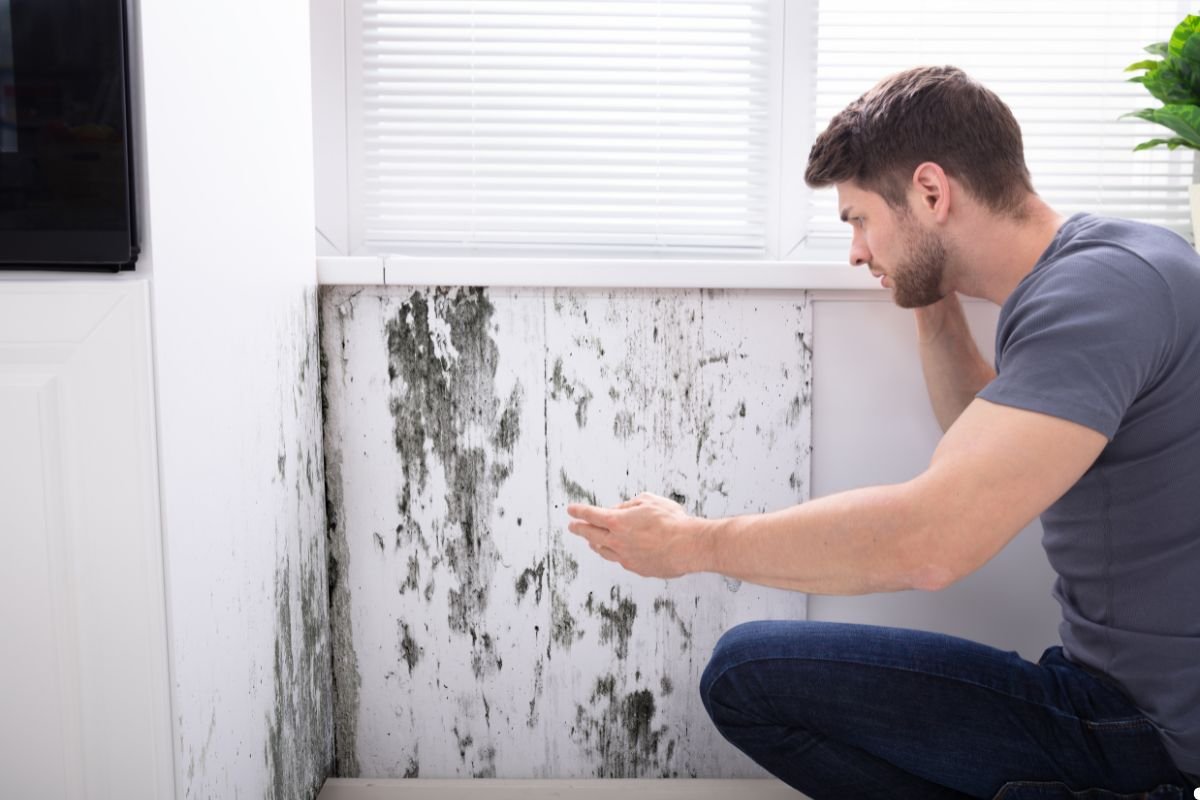
Knowing when to call in the experts is crucial. Here are some situations where professional mold remediation is necessary:
- Extensive Mold Growth: If mold covers a large area (more than 10 square feet), it’s best left to professionals.
- Recurring Mold Problems: If mold keeps coming back despite your cleaning efforts, there’s likely an underlying issue that needs to be addressed.
- Health Concerns: If you or your family members are experiencing significant health problems related to mold exposure, a professional assessment is essential.
- Uncertainty About Mold Type: Some types of mold are more toxic than others. If you’re unsure about the type of mold, professional testing can help.
Trying to handle a large or hazardous mold infestation yourself can be risky and ineffective. Professionals have the training, equipment, and expertise to safely and effectively remove mold and prevent it from returning. Consider also if the [air ducts need replacing]
Preventing Mold and Mildew in Your HVAC System
Prevention is always better than cure. Here are some steps you can take to prevent mold and mildew from growing in your HVAC system:
- Regular HVAC Maintenance: Schedule regular maintenance checks for your HVAC system to ensure it’s functioning properly and that any potential issues are identified early.
- Controlling Humidity Levels: Mold thrives in humid environments. Use a dehumidifier to keep humidity levels below 50%.
- Proper Ventilation: Ensure your home is well-ventilated, especially in areas prone to moisture, such as bathrooms and kitchens.
- Air Duct Sealing: Seal any leaks in your air ducts to prevent moisture from entering and creating a breeding ground for mold.
Taking these preventative measures can help you keep your HVAC system clean and mold-free.
Prevent mold problems before they start. Contact us for HVAC maintenance and humidity control solutions!
Maintaining a Healthy HVAC System
Dealing with mold and mildew in your HVAC system is an important step in maintaining a healthy home environment. By understanding the risks, recognizing the signs, and taking appropriate action, you can protect your family from the harmful effects of mold exposure. Whether you choose to tackle minor mold growth yourself or call in the professionals for more extensive infestations, remember that prevention is key to long-term success.
Frequently Asked Questions About HVAC Mold and Mildew
Is Mold in HVAC Dangerous?
Yes, mold in your HVAC system can be dangerous. It can trigger allergies, asthma, and other respiratory problems. Some types of mold can even produce toxins that can cause more serious health issues.
How Often Should I Clean My Ducts?
The frequency of duct cleaning depends on several factors, such as the age of your home, the presence of pets, and whether anyone in your family has allergies or respiratory problems. Generally, it’s recommended to have your ducts cleaned every 3-5 years.
Can I Use Bleach to Clean Mold in Ducts?
While bleach can kill mold, it’s not recommended for use in HVAC ducts. Bleach can corrode metal ductwork and can also release harmful fumes. Vinegar or EPA-approved mold cleaners are better options.
How Much Does Mold Remediation Cost?
The cost of mold remediation varies depending on the extent of the infestation, the type of mold, and the size of the affected area. It’s best to get a professional estimate to determine the cost for your specific situation.
